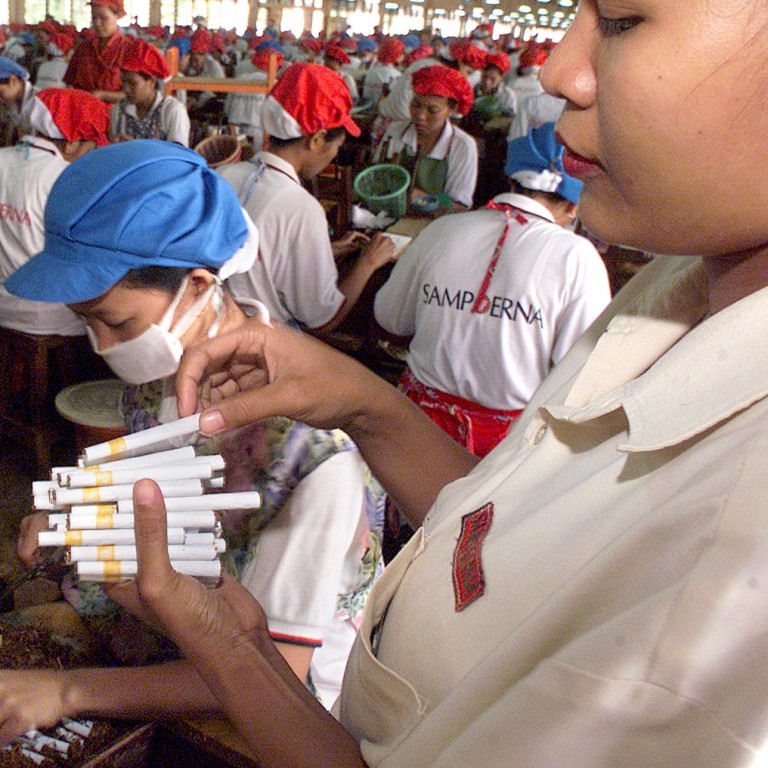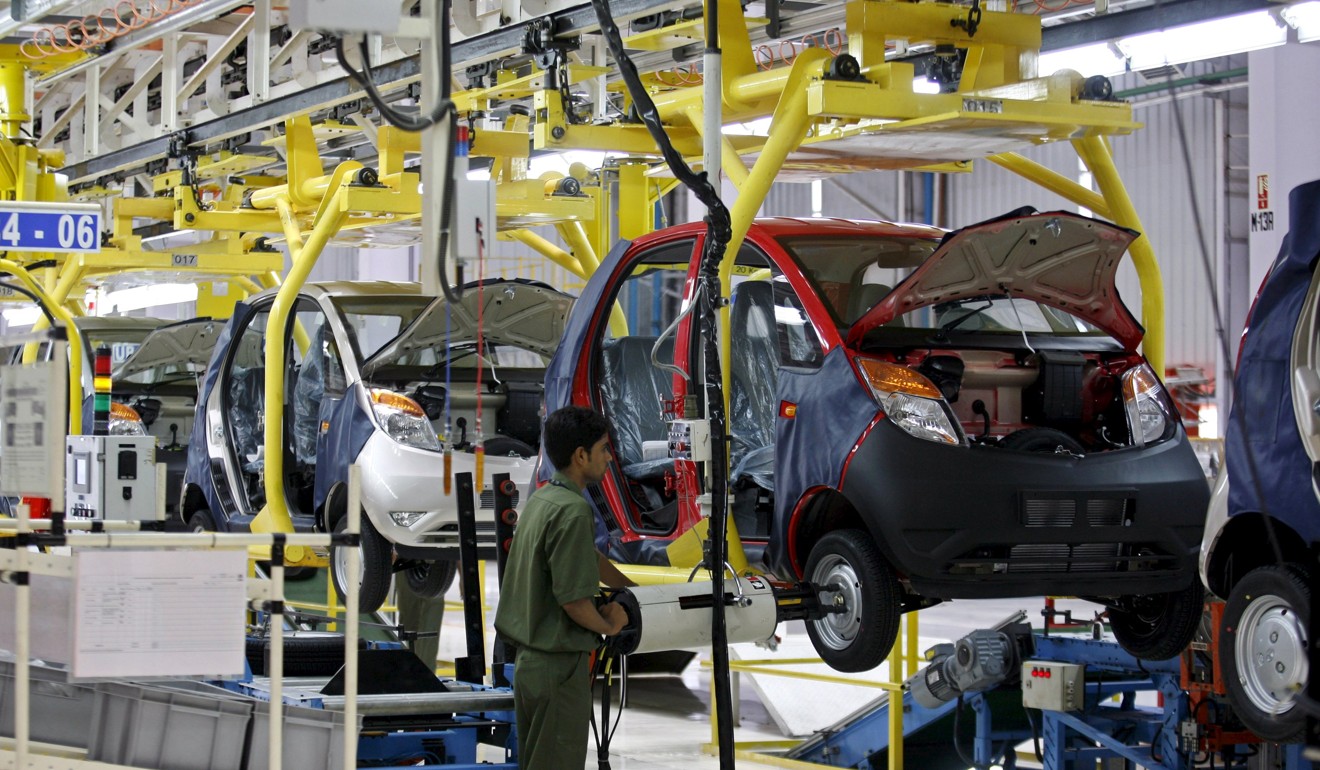
Who can be ‘mini China’? Asian nations seek to capitalise on trade war but it’s not that simple
- Several countries are trying to leverage advantages but are hampered by structural problems such as inadequate infrastructure or political instability
- Part of the problem is reproducing the supply chains, marketing access and existing contacts built up by manufacturers in China’s industrial cities
A report published on Tuesday by Bloomberg Economics shows no single nation is able to reproduce the kind of success China enjoyed in transforming its economy. Instead, a series of “mini Chinas” are poised to develop, with each trying to leverage advantages but hampered by structural problems such as inadequate infrastructure or political instability.
China’s intricate networks of factories, suppliers, logistics services and transportation infrastructure grew up in a different era, underpinned by money and technology from Japan, Taiwan and Hong Kong at a time of scant regard for the environment, workers’ rights or the few government regulations that were enforced. It had a vast, cheap, literate workforce and gained almost unfettered access to global markets for three decades.
With that access now under threat after more than a year of trade friction with the US, Bloomberg Economics considered six metrics, from labour to business regulations, across 10 Asian economies, to identify developing economies that could get a greater share of Asia’s manufacturing pie.
No single economy has the wherewithal to step into China’s shoes
Part of the problem is reproducing the kind of supply chains, marketing access and existing contacts that have been built up by small and medium-sized manufacturers in China’s industrial cities.
Take Quanzhou Kuisheng Craft, for example. The maker of garden and home decorations in Quanzhou, Fujian province, watched US sales slump 30 per cent after Trump’s tariffs, but not enough to consider shifting production abroad. Instead, the company has managed to maintain its total exports by pursuing other strategies such as applying for patents in Europe to expand sales there, said sales manager Will Huang.
The spoils of trade war: Asia’s winners and losers in US-China clash
China retains other advantages too, including strong, stable leadership, a large domestic market and relatively good access to capital. Its factories have also spent decades competing against each other, trimming costs, streamlining production and honing the efficiency of transportation.
Chinese manufacturing prices have been declining since July, helped by cheaper energy costs, making it harder still for overseas factories to compete. And stuttering progress toward a trade truce between the US and China may help relieve some of the pressure on Chinese producers.
India’s efforts to chase China’s production capability began in earnest five years ago with Prime Minister Narendra Modi’s “Make in India” initiative that offered incentives to foreign companies to open factories.
India is close to overtaking China as the world’s most populous country and its working age population is projected to reach 1 billion by 2050. But the advantage of a large supply of cheap labour has been offset by other factors, such as inadequate infrastructure, outdated land and labour regulations, and bureaucratic lethargy.
India has made progress, rising 37 spots since 2017 in the World Bank’s ranking for ease of doing business, but it still comes in at 63rd, trailing not only China but also Rwanda and Kosovo.
“India has poor infrastructure, high transaction cost and old labour laws making it tough for industrialists to set up large factories for mass production of basic textiles such as five-pocket jeans and shirts,” said Premal H Udani, managing director at Kaytee, a 75-year-old company that supplies apparel to customers in the US and Europe from its factory in the southern Indian state of Tamil Nadu.
“Local taxes also haunt them,” he said, with refunds getting stuck in a bureaucratic tangle between government ministries.

It’s a similar tale for Indonesia, which came in second in Bloomberg Economics’ analysis, beating India on macroeconomic stability, but dragged down by poor infrastructure. Indonesian President Joko Widodo said in September his country has failed to lure factories from China because investors remain wary of cumbersome local rules.
Vietnam biggest winner from first year of the US-China trade war as supply chains shift
When Sharp sought to relocate production of washing machines to Indonesia from Thailand, it took the Japanese company two years to set up the factory, find local component suppliers, conduct production tests and solve all the administrative issues, said Andry Adi Utomo, a senior general manager of national sales at PT Sharp Electronics Indonesia.
Indonesia last year launched its Online Single Submission system in a bid to make it easier to obtain a business licence. It didn’t help much because separate permits are still required from local government, Utomo said.
“The same thing exists for taxation,” he said.
Vietnam, often cited as a potential winner from the trade war, shows that even that advantage may be short-lived. The Trump administration slapped tariffs of more than 400 per cent on steel imports from Vietnam and added the country to a watch list of possible currency manipulators in May.

The Southeast Asian nation came in third in Bloomberg Economics’ rankings, again hobbled by infrastructure. Indeed, money flowing into new plants in Vietnam is straining the country’s roads and docks, with complaints rising about port congestion.
Even as Asia’s developing nations compete to copy China’s manufacturing ascent, new technologies are changing the nature of global production and supply, making it even harder to reproduce China’s success. As the cost of automation falls, robots are allowing consumer-focused industries such as apparel makers to move production closer to their markets to speed up supply times.
“Other countries all have constraints in different ways,” said Barbosa from V-Trust. “There will be many mini-Chinas.”

